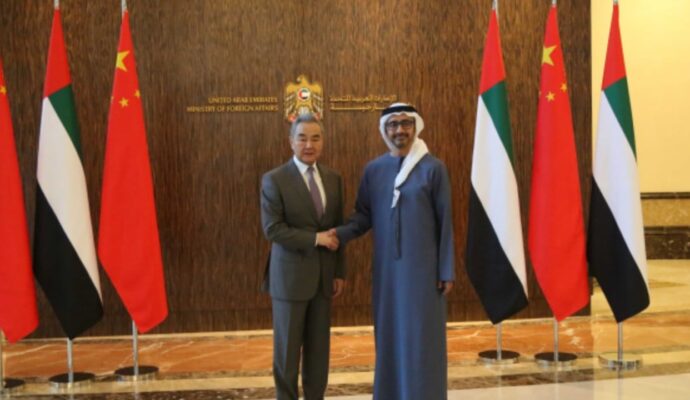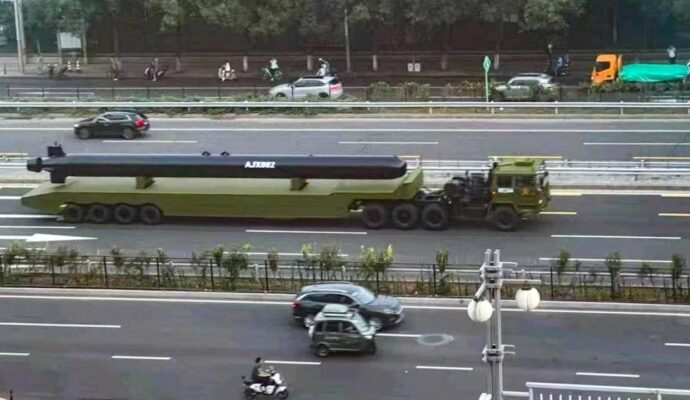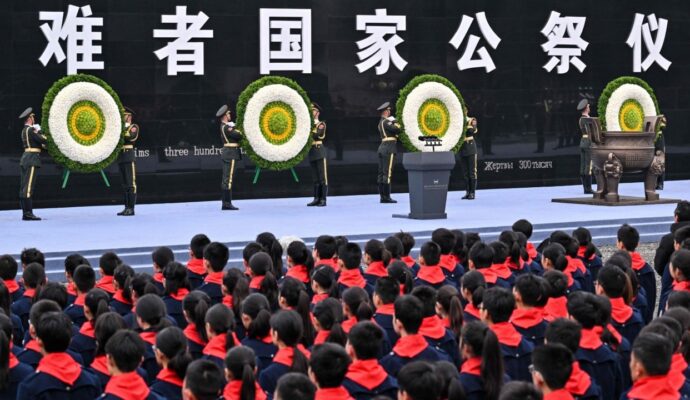China has been moving away from the giant infrastructure projects that rapidly expanded in the first five years of the initiative, with senior officials saying they want to focus on “high-quality” and “small but beautiful” deals. The average amount of financing for construction projects hit a low of US$327 million.
The metals and mining sector saw the largest rise in engagement, with investments and construction in the sector rising from an estimated US$6.8 billion last year to US$10.5 billion this year.
Engagement had been particularly strong in Africa and Latin America countries, the report said. Bolivia, Tanzania, Namibia and Eritrea were among the countries that attracted the most belt and road investment and construction in the period in question.
China is the world’s largest market for electric vehicles and largest producer of lithium-ion batteries. It is actively looking to Africa for metals such as lithium, cobalt, and nickel that are key components for batteries to diversify its supply chain.
China will host its third Belt and Road Forum later this year after a four-year hiatus. Dozens of world leaders, particularly those from the developing world, are expected to attend.
China has received close to 10 African leaders since President Xi Jinping resumed in-person diplomacy last September, with most of them pledging to strengthen belt and road partnerships with Beijing. The country also hosted an China-Africa trade expo in Hunan province in May, resulting in more than 150 signed or potential deals worth around US$10 billion.


